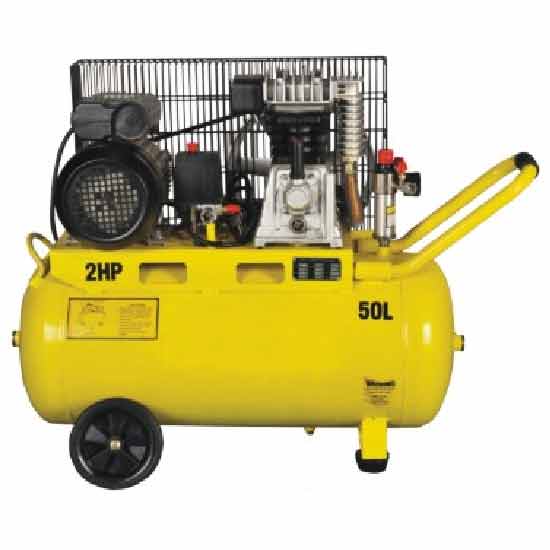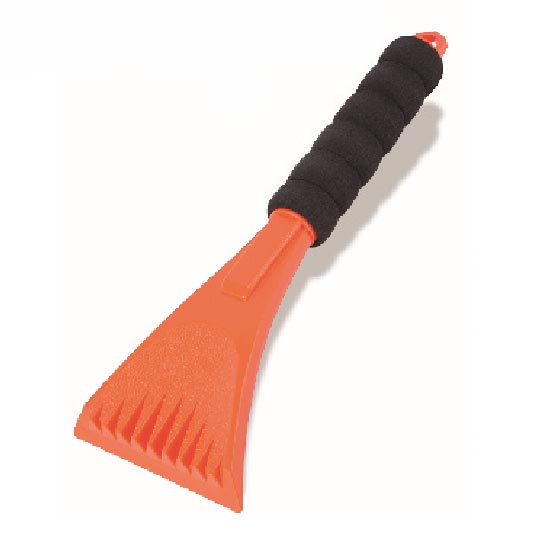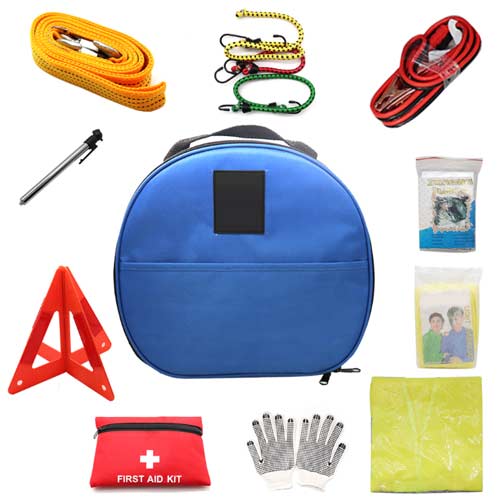Work lights are essential tools for providing adequate illumination in various settings, from construction sites to workshops. Choosing the right work light ensures a well-lit and safe working environment. This guide will walk you through key considerations to keep in mind when buying work lights.
The light source is a critical factor in determining the brightness and efficiency of a work light. Common options include:
LED: Energy-efficient, long-lasting, and provides bright, focused illumination. Ideal for most work environments.
Halogen: Offers powerful, warm light but consumes more energy and has a shorter lifespan compared to LED lights.
Fluorescent: Provides a more diffused light and is energy-efficient. Suitable for larger work areas.
Brightness is measured in lumens. Consider the brightness level needed for your specific tasks. Higher lumens are suitable for detailed work, while lower lumens may be sufficient for general lighting. Check the product specifications for the lumen output of the work light.
Work lights can be powered in various ways:
Plug-in: Requires an electrical outlet. Ideal for stationary workstations with access to power sources.
Battery-powered: Offers portability but may require frequent battery changes or recharging. Suitable for remote job sites or areas without easy access to power.
Hybrid: Combines both plug-in and battery-powered options for versatility in different settings.
Consider the work environment and choose a work light with a durable and robust build. Look for lights with features such as impact resistance, weatherproofing, and sturdy construction to withstand the rigors of the job site.
If you need a work light that can be easily moved between locations, opt for a portable and lightweight design. Adjustable features, such as swivel heads or telescopic stands, allow you to direct light where it's needed most, providing flexibility in various work scenarios.
Some work lights, particularly halogen lights, can emit significant heat. LED lights generate less heat, making them a safer option. Consider the heat emission of the work light, especially if it will be used in confined spaces or around flammable materials.
If you opt for a plug-in work light, check the length of the cord to ensure it reaches your intended work area. Some models feature a retractable cord mechanism for easy storage and transport.
Q: Can work lights be used for outdoor projects?
A: Yes, many work lights are designed for outdoor use. Look for lights with weatherproof features to withstand exposure to the elements.
Q: What is the lifespan of LED work lights?
A: LED work lights generally have a longer lifespan compared to other types, often lasting tens of thousands of hours.
Q: Are there work lights with adjustable color temperature?
A: Some advanced work lights offer adjustable color temperatures to provide different shades of light for specific tasks or preferences.
By considering these factors, you can make an informed decision when purchasing work lights that best suit your specific needs and work environment. A well-chosen work light enhances visibility, productivity, and safety in various job settings.
 Tool seat
Tool seat
 Stretch Cord
Stretch Cord
 Oil Pump
Oil Pump
 Sandblast Pot
Sandblast Pot
 2.25 Ton Hydraulic Floor Jack
2.25 Ton Hydraulic Floor Jack
 Magnetic Tray With Tool Plate
Magnetic Tray With Tool Plate
 Single-stage Air-cool Movable Air Compressor
Single-stage Air-cool Movable Air Compressor
 10W Rechargeable Led Flood Light
10W Rechargeable Led Flood Light
 Ice Scraper
Ice Scraper
 Small Multimeter with Backlight
Small Multimeter with Backlight
 Jump Starter With 4 Led Lights
Jump Starter With 4 Led Lights
 Steel Tool Cabinet
Steel Tool Cabinet
 Large Tool Cabinet
Large Tool Cabinet
 Tool Storage Cabinet
Tool Storage Cabinet
 Metal Tool Box
Metal Tool Box
 Large Metal Tool Storage Box
Large Metal Tool Storage Box
 Blue Metal Tool Cabinet
Blue Metal Tool Cabinet
 Red Steel Tool Trolley
Red Steel Tool Trolley
 Portable Tire Inflator
Portable Tire Inflator
 Custom Tire Inflator
Custom Tire Inflator
 Tire Pressure Pump
Tire Pressure Pump
 Auto Emergency kit
Auto Emergency kit